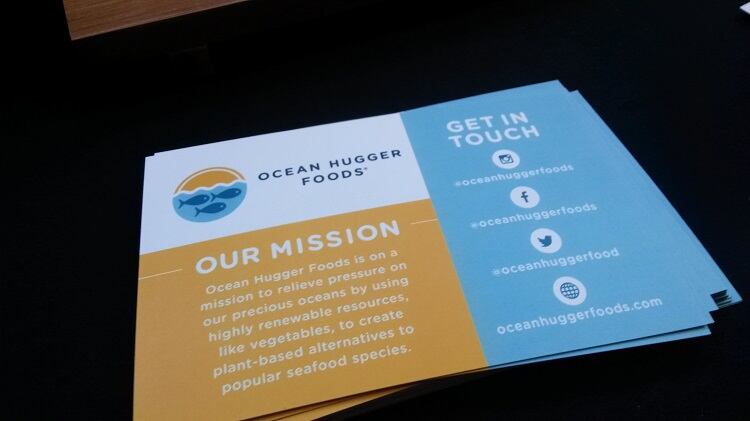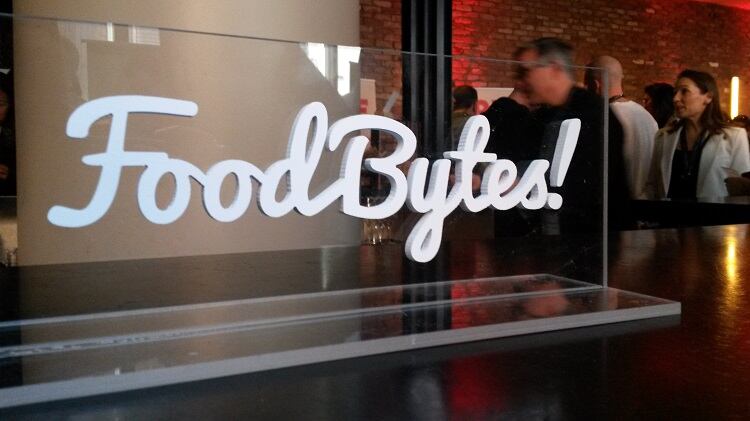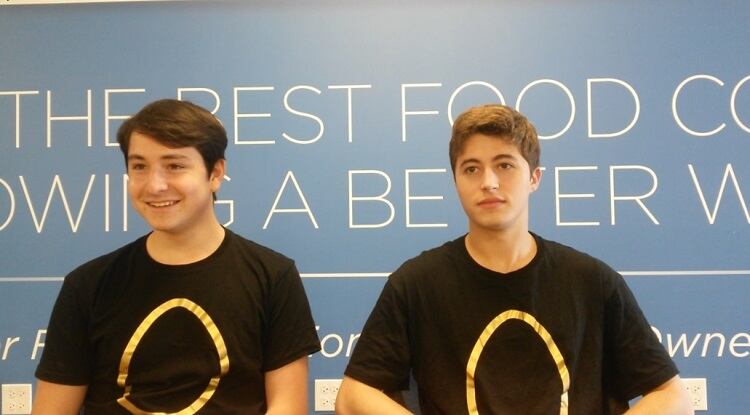“At FoodBytes! today, everyone is sharing so many of the same challenges and to gather around and discuss these and realize the amount of collaboration and cross-learning that can happen, is a really valuable experience,” Noemie Delfassy, founder of Finer Flavors and creator of the Frecious brand, told FoodNavigator-USA.
She explained one of the shared-challenges addressed by the startups gathered at FoodBytes! in New York City earlier this fall was how to grow beyond ‘small batch’ production or ‘local’ distribution without alienating or losing early adopters who value those attributes and who may shun ‘big’ companies that use ‘industrial’ production.
She explained that when she first developed Frecious as a line of fresh, whipped dips and spreads made from whole vegetables, nuts, lemon juice and salt she worked closely with chefs to create a local, loyal following who used and evangelized the product. This helped more people discovered the brand in a way that they still felt a local attachment to it.
As the brand expands with a second line of products that will pair the whipped vegetable spreads with crunchy dippers, Delfassy says she hopes to maintain the feeling that the brand is local in part by moving the headquarters to Southern California where the company will focus first on the surrounding region before slowly expanding outwards.
She acknowledges maintaining a local focus is difficult for businesses as they expand, explaining, “Food is inherently local, and it is tied to culture, and very quickly we had to serve different countries with different habits and different traditions around food, and even different languages. So, as a small startup to serve a complex mix of fragmented consumers was really hard.”
One way that Frescious is navigating this challenge is by moving to the US and focusing on building a local market in Southern California, which will give it a launch pad for future expansion.
“If you start and you develop roots for the business in your local community and you are able to get supporters in your local community, then they will help you improve your product and grow,” she said.
‘The sweet spot between artisanal and industrial’
As for navigating the question of artisanal versus industrial, Frescious is exploring production options that are easy to scale but do not compromise on quality.
“It was really the idea of finding the sweet spot between artisanal and industrial supply chain, and really looking at how we make our food and improving the food manufacturing practices so that we can deliver a really clean label product that is also delicious and affordable,” Delfassy explained.
With this in mind, the company landed on pouches – a form that is typically used in the US for baby food, which could be a confounding factor as the products roll out in the US.
“The pouches are a great format because the packaging content is really light and it allows us to use HPP technology. That said, there is a real risk of consumer confusion, and some more issues with adoption because spreads and dips are not usually presented in this format,” Delfassy said, adding, “which is why we will explore other pack formats for our consumer launch here.”



